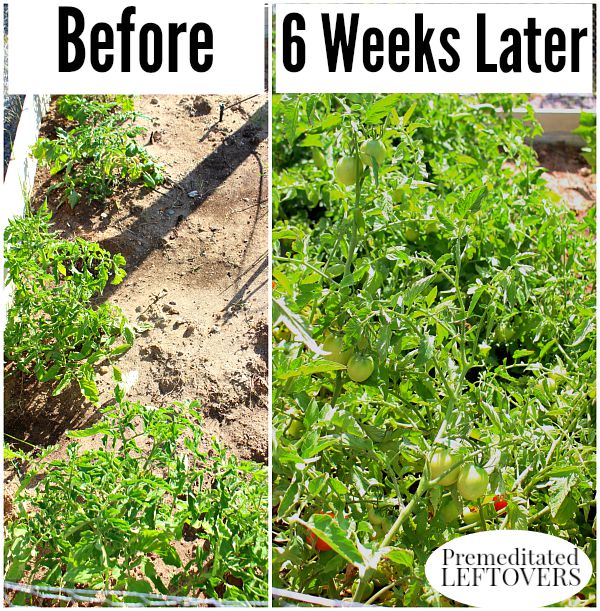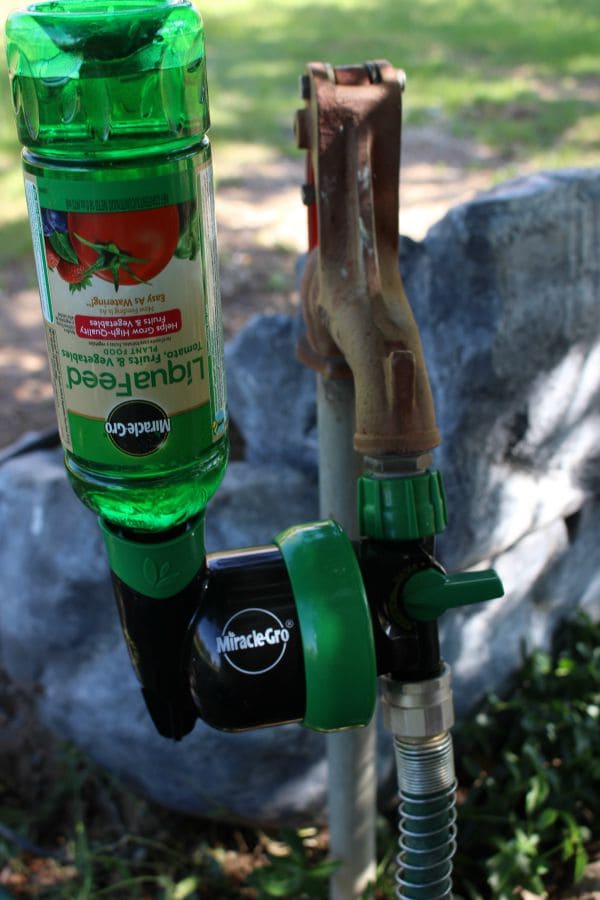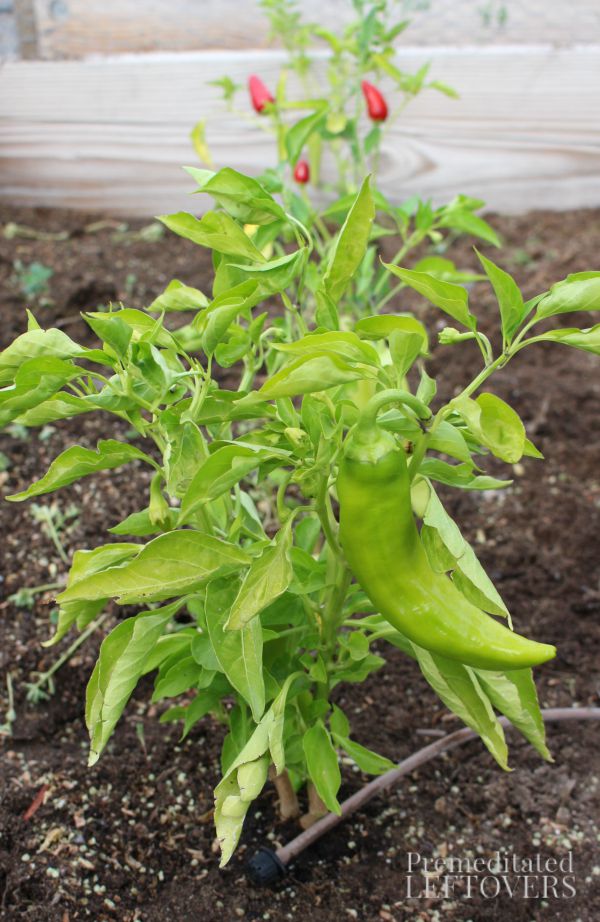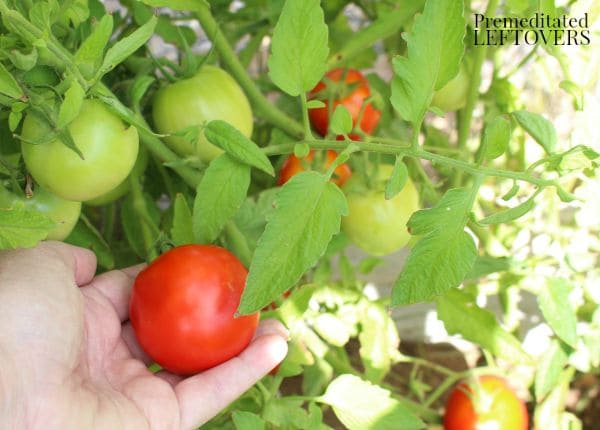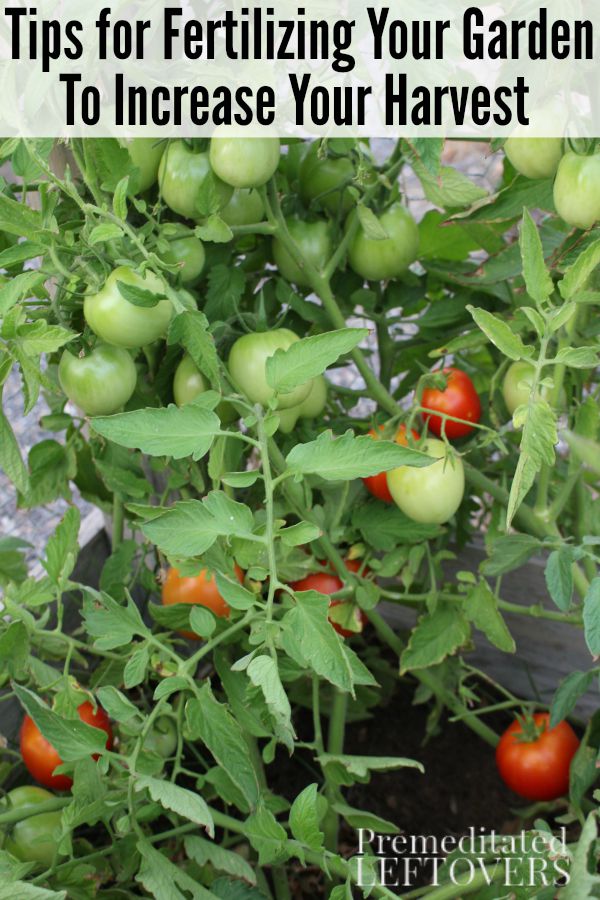
I live in the high desert. We have sandy soil, which is great for drainage, but has few of the nutrients vegetables need to thrive and produce a bumper harvest. For me, working the soil and fertilizing my plants is an important element in the success of my garden.
Tips for Fertilizing Your Garden
Get a head start by amending soil in the fall.
Most organic soil amendments are not immediately available to plants. When you add compost and other organic matter it can take many weeks or even months before the nutrients are available to plants. With that in mind, I start preparing the soil for my garden in the fall.
In the fall, I work in compost and other soil amendments before the first freeze. Adding compost, mature horse manure, wood ash, and tiling under any remaining plant matter in the fall gives it all winter to break down so it the nutrients are readily available to plants in the spring.
Test your soil in the spring and and amend as necessary.
Most local garden centers provide soil kits that you can use to test your soil. Use the soil test kit to determine if your soil is low in any nutrients and amend it with the appropriate slow release fertilizer. New seedlings are fragile, so you don’t want to burn them with too much fertilizer.
Use liquid fertilizer to supplement through out the summer.
Even though I amend the soil in my garden, I also apply liquid fertilizer through out the summer. All plants remove some nutrients from the soil. However, many summer vegetables are considered “heavy feeders” and will quickly exhaust the soil in your garden even if you have taken steps to produce a nutrient rich soil. If your vegetables deplete the soil, they will produce a poor crop without the help of fertilizer.
Beware of adding too much nitrogen to your vegetable garden.
It is important that you do not apply a general fertilizer, such as one that is intended for grass or bushes, on your vegetable garden. A fertilizer that is designed for grass contains too much nitrogen for vegetables. When an excess amount of nitrogen is applied to fruiting plants such as tomatoes and squash, it is common for the plants to produce all vines and leaves and little to no fruit. When excessive amounts of nitrogen are applied to root crops such as turnips, carrots, and parsnips, you will often end up with many leaves and very small roots. I use Miracle-Gro LiquidFeed Tomato, Fruits, and Vegetables Plant Food because it contains less nitrogen than general plant foods.
Feeding your vegetables liquid fertilizer every two weeks all summer long yields more produce and larger produce. Additionally, properly fed vegetables have any easier time thriving throughout the heat of the summer months and warding off pests.
When you use liquid fertilizer on your vegetable garden, you want to deliver it to the base of the plant. Miracle-Gro LiquidFeed allows you to feed your vegetables while you water them through a drip system, sprinkler or hose.
Diluting the liquid fertilizer with water and delivering it to the base of the plants reduces the chances of “burning” your plants. Be sure to read the directions before you apply any type of fertilizer.
If it waters, now it feeds with Miracle-Gro® LiquaFeed® Universal Feeder. It’s a great tool to help you reach your gardening goals by providing the essential nutrients your plants need to thrive all season long.
This is a sponsored conversation written by me on behalf of Miracle-Gro. The opinions and text are all mine.
